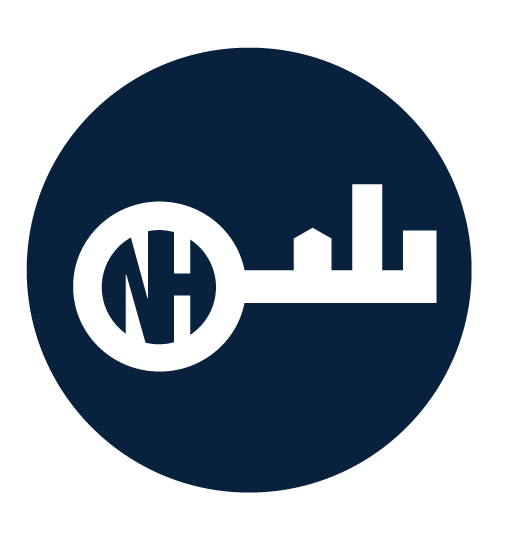As the economy continues to slowly improve, many community associations are starting to think about starting the common area repair and renovation projects that they put off during the economic downturn. For those associations considering large-scale, expensive repair and renovation projects, the most practical source of funding for the project is often a community association loan. However, despite their frequent use among community associations, a few common misconceptions persist about community association loans that may make some Boards hesitant to explore the option of obtaining a loan.
Misconception about Board Authority
One such misconception concerns the Board of Directors’ authority to borrow money. Oftentimes, the Board and members assume that borrowing money always requires a vote of the membership. However, on the most general level, the Board of Directors of a community association, as a corporation subject to the Georgia Non-Profit Corporation Code (the “Code”), possesses the power under the Code to do all things which are not required to be approved by the members. That includes borrowing money. In most cases, a community association’s documents will allow a Board of Directors to borrow money, without membership approval, if the money is used to maintain, repair or replace the common areas. However, if the money will be used for a capital improvement to the common areas, the majority of community association documents will require membership approval to borrow money.
Board Authority and Membership Approval
If considering a community association loan, a Board should carefully review its documents, with the assistance of its counsel, to determine the Board’s authority. If an association’s governing documents require membership approval, the Board should pay particular attention to the number of owners who must vote in favor of the loan, the voting procedure and any notice requirements for a meeting to consider the loan, if such a meeting is required.
Misconception about Individual Liability
Another common misconception surrounding community association loans is that members of the Board who sign for the loan, or even the community association members themselves, are individually at risk if an association borrows money. That is not the case.
Board Members and Loan Obligations
With regard to the Board members involved in obtaining the association loan, the Board Members are not personally guaranteeing the loan and are not personally liable for the repayment of the loan. Rather, in the community association loan context, the association as a corporate entity is the Borrower. The signatures of members of the Board are necessary on the loan documents because the association can only take action as a corporate entity upon a majority vote of the Board of Directors, and such action must be evidenced by the signatures of the Board officers, usually the President and Secretary, on any contract or legal document. The association officers who sign the loan documents sign in their capacity as officers of the Association, and thus signing the loan documents does not make them individually liable for the loan terms.
Responsibility of Association Members
Instead of the Board members being individually liable on the loan, in a manner of speaking, all Members of the community by being part of the Association are responsible for ensuring repayment of the loan by paying their assessments. Importantly, however, the individual Association member’s liability for the loan extends only to their payment of assessments. For example, the Board of Directors does not have the authority to pledge an owner’s home as collateral for a loan that will be made to the association. Rather, a Board can only pledge the assets of the corporation- the common property and the assessments. Since the common property is burdened by the covenants, it cannot be developed, so few lenders accept it to secure a loan. Most lenders only require an association to pledge its assessments to secure the loan.
Collateral and Repayment
Thus, the collateral for most community association loans is the Association’s authority to collect assessments per the Declaration and the Bylaws.
Effect on Association and Members
The pledge of assessments works this way. As long as the association’s payments to the lender are current, there is no effect on the association. If there is a default, then, and only then, the lender has the right to collect the assessments from the members and apply those sums to the payment of the loan. There is no foreclosure, and the individual members’ homes are not at risk.
In closing, when considering a community association loan the Board has a responsibility carefully consider the association’s finances to make sure that that the association is financially able to pay off any loan it enters into, as well as review the association’s documents to ensure that it follows all proper procedures in obtaining member approval for any such loan, if such approval is necessary. However, so long as they do so, the Board and the individual members of the Association need not be concerned about personal liability stemming from the community association loan.


